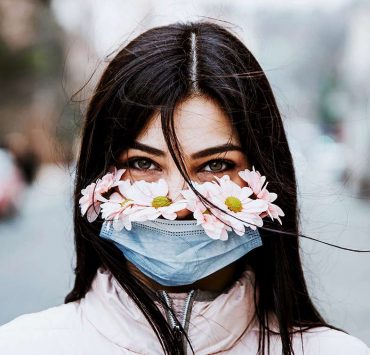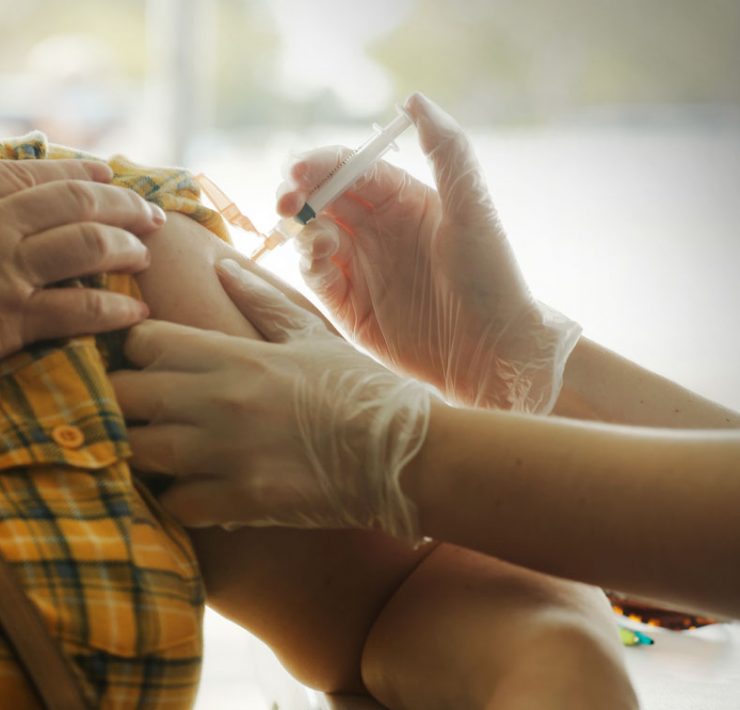In a year when light-hearted day-drinking launched a thousand memes, it’s easy to forget that alcoholism is third-leading preventable cause of death in the U.S. Even prior to the pandemic, a 2020 study found that the number of alcohol-related deaths more than doubled between 1999 and 2017. No one has yet to determine if the global lockdown will have forever changed Americans drinking habits but with Americans under considerably more stress this year due to COVID-19, doctors have observed an upward trend in cases of alcoholic liver disease over the last year.
While heavy alcohol use amongst men has long been studied, women are quickly evening the playing field when it comes to an unhealthy relationship with drinking. A 2017 study sponsored by the National Institute on Alcohol Abuse and Alcoholism laid out our new pro-booze culture in stark terms: From 2001 to 2013, the prevalence of alcohol use among women in the U.S. rose nearly 16 percent. And during the same time frame, the percentage of women who have four or more drinks on a given day on a weekly basis shot up 58 percent.
A TikTok video from April 2020 perfectly captured our newfound relationship with alcohol during the pandemic: Out for a run on recycling day, the man documents recycling bins brimming with empty wine bottles, beer cans and other bottles. How many of us can relate in a year that felt like a stress inducing recycling schedule. Get up to work, log onto Zoom, multitask while managing online schooling, reach out to support equally stressed parents and loved ones. Rinse and repeat. Those bottles added up for a reason, but with cases trending downward in many places and millions of Americans fully vaccinated, it’s probably time we push the reset button towards a healthier spring and summer.
Drinking Levels Defined
It’s probably been a while since you were reminded of proper alcohol consumption. Here’s a crash course in alcohol and quantity as recommended by the “Dietary Guidelines for Americans 2015-2020.” One standard drink is defined as: 12 ounces of regular beer, 8 to 9 ounces of malt liquor, 5 ounces of unfortified wine, and 1.5 ounces of 80-proof hard liquor
- Moderate alcohol consumption. Believe it or not, this means 1 drink or less in a day for women and 2 drinks or less in a day for men.
- Binge drinking. For an adult, binge drinking typically corresponds to consuming 5 or more drinks for men or 4 or more drinks for women in about 2 hours.
- Heavy alcohol use. This is defined as more than 4 drinks for men and more than 3 drinks for women on any day.
- High-intensity drinking. An emerging trend observed by the National Institute on Alcohol Abuse and Alcoholism, this is “consuming alcohol at levels that are two or more times the gender-specific binge drinking thresholds.”
Warning Signs of Alcohol Abuse
There are many tell-tale signs of alcohol abuse; these are a few key behaviors. If a family member or friend is exhibiting these signs, please remember to be sensitive to the individual and proceed with love and caution. Alcoholism is a disease.
- Unusually high tolerance for alcohol. This person drinks more than anyone but without the more obvious effects and continues to drink while others slow down.
- Hiding alcohol. Someone secretly drinking in a place where alcohol is prohibited is a strong sign of an alcohol issue.
- Emotional rollercoaster. Managing an alcohol problem is very taxing on the body—physically, emotionally and mentally. Someone with extreme mood swings and anger may be exhibiting alcohol-dependency signs.
- No alcohol, no show. Alcoholics need alcohol so they’ll likely avoid scenes where alcohol isn’t served or acceptable.
In years past many of us chose to participate in a dry January and some extended well past Valentines Day as the internal and external benefits of ditching the alcohol (glowing skin, better focus, lower blood pressure, lose the bloat…) are undeniable. So maybe those of us over 21 can give new meaning to the word “spring break,” and give our bodies a break from the things we know don’t serve us.
If you think you or a loved has a drinking problem and may need help, visit SAMHSA’s National Helpline or call 1-800-662-HELP (4357).
Lola has served as an editor for a variety of luxury lifestyle magazines in South Florida and began her career as a copy editor for The Miami Herald. She holds a master’s in print journalism. Now she multitasks her new role as a mother with her role as a freelance writer.







